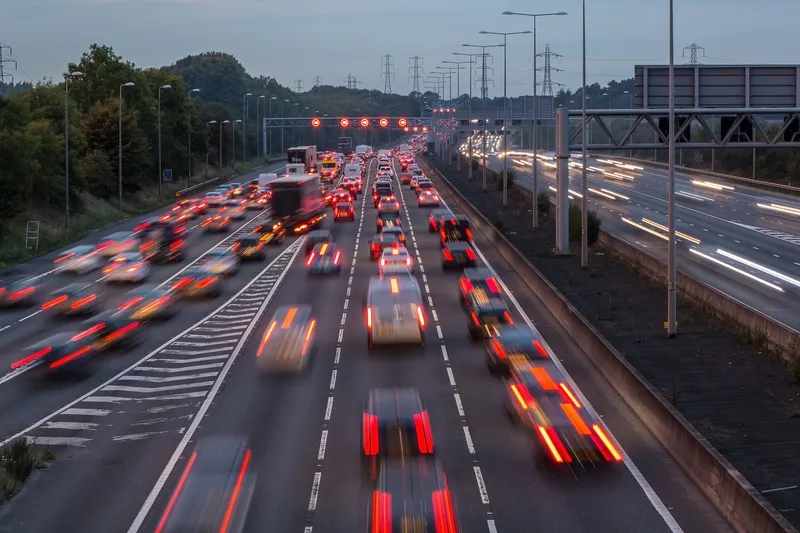Called Cutting the Cost of Dangerous Roads, the report reveals that UK motorways and ‘A’ roads on the EuroRAP network make up 10% of the road network that contains half of all road deaths. It found that single carriageway ‘A’ roads have a risk factor seven times higher than motorways and nearly three times that of dual carriageway ‘A’ roads while ‘high risk’ single carriageway roads are 67 times more risky than their low risk counterparts.
It identifies the most dangerous roads and says fatal and serious crashes on 10 ‘most improved roads’ roads was reduced by 74% (from 145 to 37) with an annual economic saving of £17m, or £149,000 per kilometre. The top six roads recorded reductions of 75% or above by implementing measures including reducing speed limits and improving enforcement, revised road markings and signage, increased lighting and resurfacing.
The largest single cause of death on the network was identified as run-off road crashes (30%) while crashes at junctions accounted for 30% of serious injury on the network. The report comes against a background of a 4% increase in road deaths (1,730 in 2015 to 1,792 in 2016) with half occurring on non-built-up roads (5% on motorways).
Report highlights cost effectiveness of crash reduction strategy
Local authorities in the UK needs an immediate injection of £200 million to tackle the high risk road sections, according to a new report from the Road Safety Foundation charity and Ageas UK.
Called Cutting the Cost of Dangerous Roads, the report reveals that UK motorways and ‘A’ roads on the EuroRAP network make up 10% of the road network that contains half of all road deaths. It found that single carriageway ‘A’ roads have a risk factor seven times higher than motorways and nearly three times that of d
November 21, 2017
Read time: 2 mins
Local authorities in the UK needs an immediate injection of £200 million to tackle the high risk road sections, according to a new report from the 776 Road Safety Foundation charity and Ageas UK.









